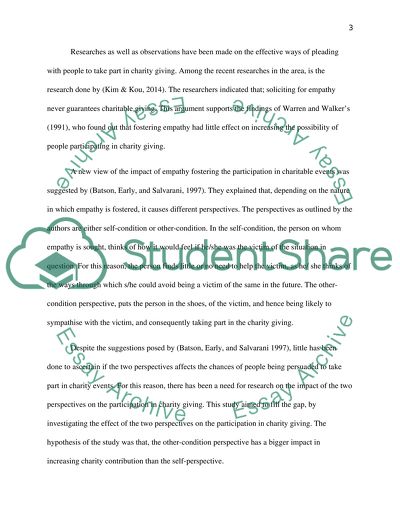Cite this document
(“Research methods Assignment Example | Topics and Well Written Essays - 1750 words”, n.d.)
Research methods Assignment Example | Topics and Well Written Essays - 1750 words. Retrieved from https://studentshare.org/psychology/1693451-research-methods
Research methods Assignment Example | Topics and Well Written Essays - 1750 words. Retrieved from https://studentshare.org/psychology/1693451-research-methods
(Research Methods Assignment Example | Topics and Well Written Essays - 1750 Words)
Research Methods Assignment Example | Topics and Well Written Essays - 1750 Words. https://studentshare.org/psychology/1693451-research-methods.
Research Methods Assignment Example | Topics and Well Written Essays - 1750 Words. https://studentshare.org/psychology/1693451-research-methods.
“Research Methods Assignment Example | Topics and Well Written Essays - 1750 Words”, n.d. https://studentshare.org/psychology/1693451-research-methods.


